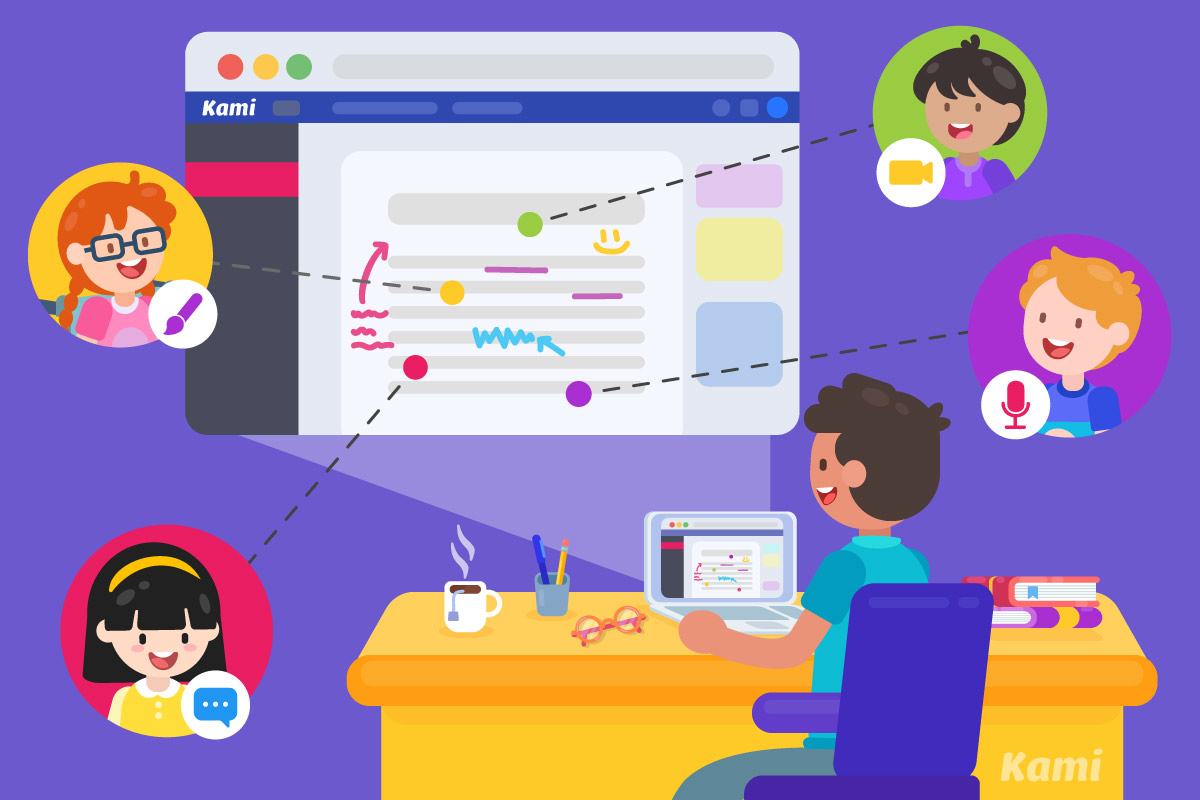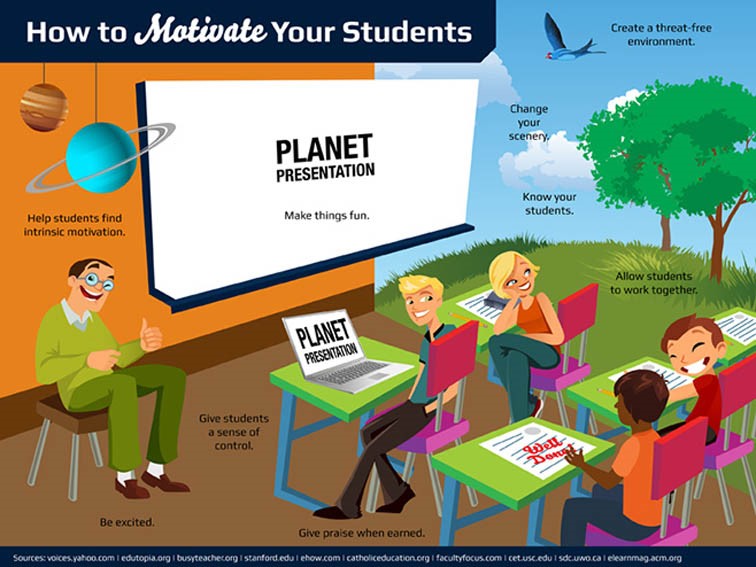The current surge in distance learning will have long-term effects on education worldwide as districts implement and manage more digital transformation in school administration and curriculum.
Because of technology’s influence on careers of the future, 21st century education requires powerful and flexible solutions of blended learning. This means combining digital materials and online interactions with traditional classroom teaching methods. The current environment of temporary, widespread school closings has accelerated unprecedented demand in digital schooling. The remote learning solutions that are being implemented this year have the potential for lasting, positive impact on student learning.
Text by Rich Henderson
Here are some tips for all remote teaching situations:
Setting Expectations
There is nothing more important in a remote teaching and learning environment than ongoing communication with both students and their parents. Teachers should clearly outline the volume of work, any important deadlines, how students can get tech help and what role parents should play in the virtual classroom.
Lesson Planning
When lesson planning, it’s best to keep it simple for online learning, providing compelling content and experiences instead of large volumes of work. For younger students, it’s important to use repeated formats and solid routines, as well as provide video tutorials as necessary.
Implementation
Teachers have already established a learning community with their students and this is just a virtual continuation of that community. To keep students engaged, consider posting weekly challenges to keep their attention and to encourage them to interact with their classmates with this new format. These challenges can be in the form of Show and Tell or discussions of what they might be finding most challenging about remote learning.
Resources for Multilingual Learners
From simple-to-use online auto-translators to state-of-the-art virtual reality (VR) technology, there is an array of tools for English Language Learners (ELLs). VR offers a lot of potential to help ELLs learn to speak English, especially since it is proving so engaging. I’ve found that with my kids one of the big disappointments during this crisis has been missing out on field trips, but we’ve been really impressed with the VR field trips we’ve done. The immersive experience and opportunity to explore other cultures have great potential for ELLs.
Teachers value the unbounded possibilities VR experiences bring to students when it is to easy-to-use and fully supported. Whether it’s taking a virtual field trip inside DNA strands to teach a unit on genetic engineering, or a guided tour of the Colosseum in Ancient Rome in history class, VR can offer a seamless journey for educators and students.
Bio
Rich Henderson is director of Global Education Solutions at Lenovo. Along with their partners LanSchool, Microsoft, and Google, Lenovo is sharing a Distance Collaboration and Learning Toolkit with the goal to make remote learning as seamless and engaging as possible for educators and students alike.
We’re seeing that schools that are using the tools they already had—some were already having regular “digital days”— are adapting well, but many schools and students are in difficulty with a lack of connectivity, devices, and experience.



